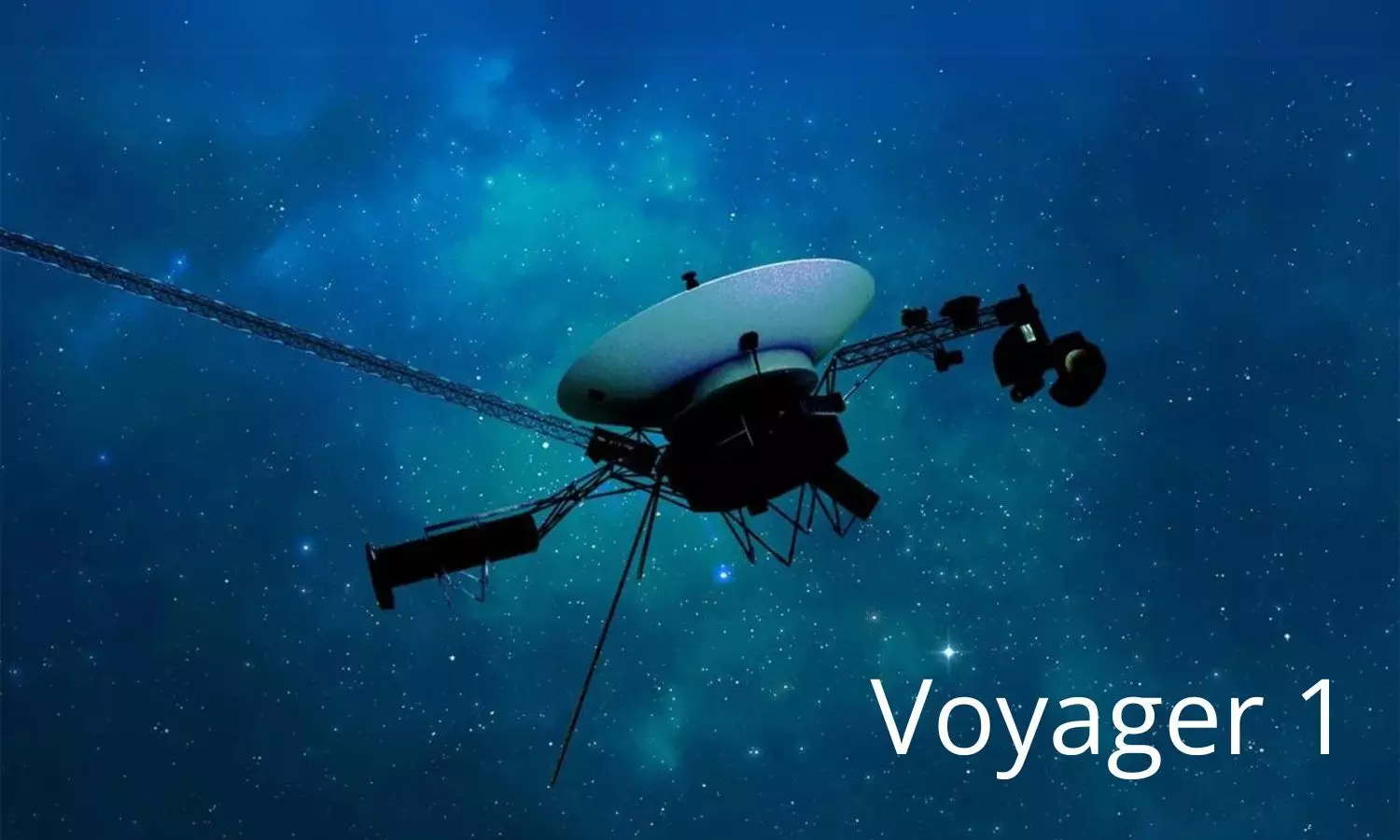NASA's Cautious Approach with Voyager 1: Investigating Communication Issues
NASA is carefully monitoring Voyager 1, using the S-band transmitter while investigating a fault protection system activation.
The S-band connection has been stable since October 22, allowing for ongoing data collection.

NASA's Voyager 1 has been in space for over 47 years. It recently lost communication briefly.
Engineers at NASA's Jet Propulsion Laboratory restored contact on October 24. The issue was due to a transmitter shutdown.This shutdown was likely due to Voyager’s fault protection system.
This system turns off non-essential equipment when power usage is too high.
This situation shows the challenges of communicating with a spacecraft over 15 billion miles away.
The fault protection system was triggered when engineers sent a command on October 16 to turn on one of Voyager 1’s heaters.
This command overloaded the system, leading to a shutdown. By October 18, signals from Voyager 1 had weakened, and the spacecraft entered a low-power mode.
After multiple attempts to reconnect, JPL engineers discovered that Voyager 1 had switched to a backup, lower-power transmitter.
Normally, Voyager communicates using the X-band frequency. However, it had to switch to the S-band transmitter, which was last used in 1981.
Despite the weaker signal, NASA’s Deep Space Network managed to pick up Voyager’s faint signal on October 19.
NASA is exercising caution with Voyager 1. They will keep using the S-band transmitter while investigating the activation of the fault protection system.
The S-band connection has been stable since October 22, allowing for ongoing data collection.
Voyager 1 and its twin, Voyager 2, are the only active spacecraft in interstellar space and are essential for deep-space research.

